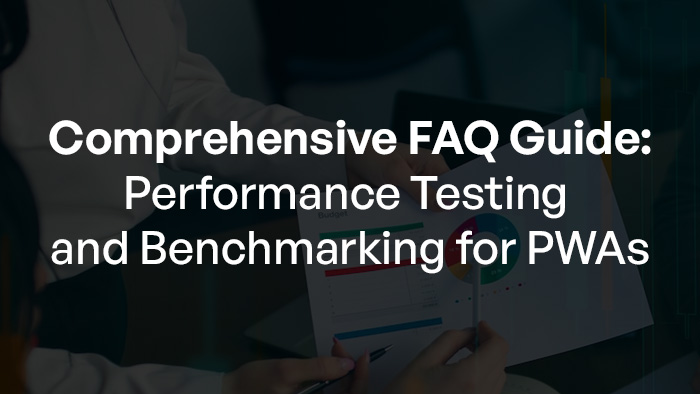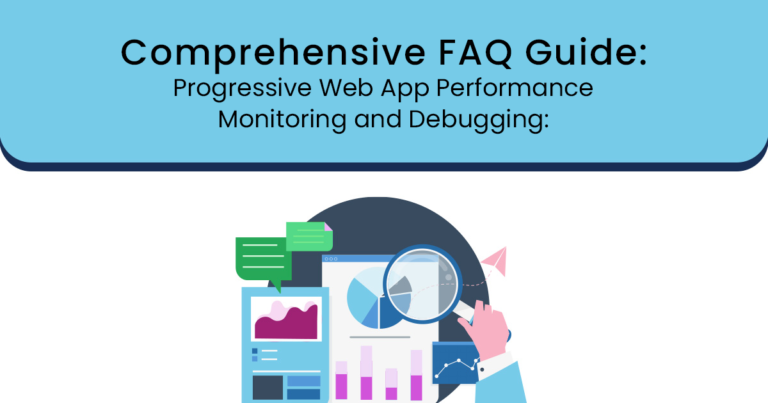
Tooling and Frameworks for PWAs
One possible objection to the exploration of tooling and frameworks for Progressive Web Applications (PWAs) is the rapidly evolving nature of web development. However, understanding the available options and best practices in this domain remains crucial for developers seeking to create efficient and user-friendly PWAs. This article aims to provide an objective analysis of various PWA frameworks, such as React, Angular, and Vue.js, along with insights into essential tools like Workbox for service worker management, testing strategies, deployment automation techniques, and debugging methods. Key Takeaways React, Angular, and Vue.js are popular frameworks for developing PWAs. All three frameworks offer strategies for responsive design and conditional rendering. Offline capabilities ensure that PWAs can function without network connectivity. Performance optimization is crucial for creating high-performing PWAs. Exploring PWA Frameworks: Comparing React, Angular, and Vue.js This section examines the similarities and differences of React, Angular, and Vue.js as frameworks for developing Progressive Web Applications (PWAs). When it comes to performance optimization, all three frameworks offer techniques to improve




